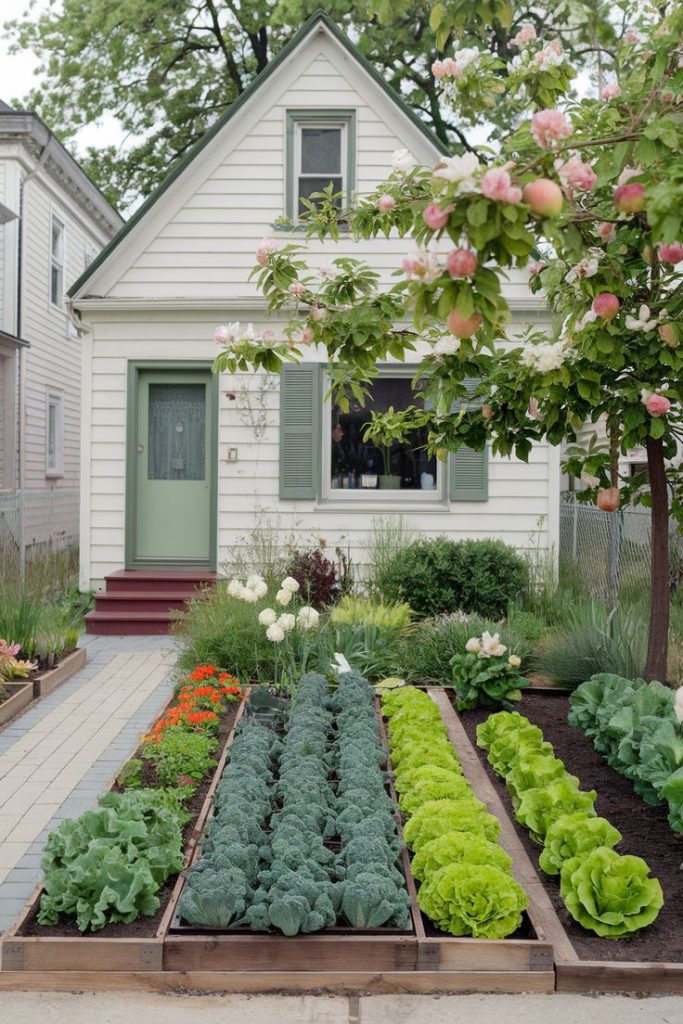Bringing Top 10 interior designers in chennai into your home can feel like a leap of faith. You’re inviting a professional to shape a space that is meant to be a true reflection of you. A great interior designer doesn’t just impose their own style; they act as a translator, taking your personality, passions, and life experiences and weaving them into the very fabric of your home’s design. This artful process is what transforms a house into a truly personal sanctuary.
The Designer as a Detective: The Art of Observation and Listening
The first step in this process is often the most crucial: the designer’s initial consultation. This is less about aesthetics and more about a deep dive into who you are. Designers are trained to listen and observe, picking up on subtle cues that you might not even realize you’re giving off.
- Lifestyle Interviews: A good designer will ask you a series of questions that go beyond your favorite colors. They’ll inquire about your daily routines, hobbies, social habits, and even your pets. Do you love to entertain? Do you work from home? Are you a bookworm or a movie buff? These answers provide the functional roadmap for the design.
- Reading the “Vibe”: They’ll look at the clothes you wear, the art you have, and even the way you organize your existing space. A clean, minimalist dresser might suggest a need for streamlined storage, while a collection of vintage travel souvenirs speaks to a sense of adventure and a desire for storytelling in the decor.
- Understanding Your Values: A designer will also try to understand your core values. If sustainability is important to you, they’ll prioritize eco-friendly materials. If family is central, they’ll create a design with durable, child-friendly materials and a layout that encourages togetherness.
Translating Personality into Design Elements
Once a designer has a clear picture of who you are, they begin the process of translating that personality into tangible design elements. This is where their expertise truly shines.
- Color Palette and Mood: A person’s personality can be reflected in the color palette of their home. An energetic, extroverted individual might gravitate toward vibrant, bold colors, while a calm, introspective person might prefer a serene palette of soft neutrals and cool tones. A designer will use your preferences as a starting point to build a cohesive and balanced color scheme that feels right for you.
- Furniture and Layout: The way a room is laid out and the furniture chosen can say a lot about a person. A person who loves to entertain might have a layout with multiple seating areas and a large, welcoming dining table. Conversely, someone who values solitude and quiet might have a cozy reading nook and a more intimate, inward-focused living room setup.
- Materials and Textures: The materials chosen for a home are a tactile expression of personality. A person who is drawn to natural, authentic things might appreciate the warmth of reclaimed wood, the coolness of natural stone, or the softness of organic linen. Someone with a more polished and modern aesthetic might prefer the sleekness of polished concrete, glass, and metal.
- The Art of the Curated Collection: The objects you choose to display are the final, and most personal, layer of the design. A designer helps you showcase the things you love in a thoughtful way, whether it’s a collection of art, books, or travel souvenirs. They will design custom shelving to display your favorite objects or use lighting to highlight a piece of art that has special meaning to you, ensuring that your space tells a visual story of who you are.
A Collaborative and Evolving Process
It’s important to remember that this is a two-way street. A designer’s job is not to be a mind reader, but to be a partner in a creative process.
- Provide Honest Feedback: As the designer presents mood boards and design plans, be open and honest with your feedback. If something doesn’t feel right, say so. This iterative process is what allows the design to evolve and become a truly personal reflection of you.
- Embrace the Unexpected: A great designer will often push you slightly out of your comfort zone, introducing ideas or elements you might not have considered. Trust their expertise; their goal is to create a space that not only feels like you but also elevates your aesthetic.
In the end, the most successful interior design projects are not about trends or flawless aesthetics. They are about creating a home that is an authentic and beautiful expression of the people who live there. By thoughtfully observing, listening, and collaborating, interior designers make this deeply personal transformation possible.

